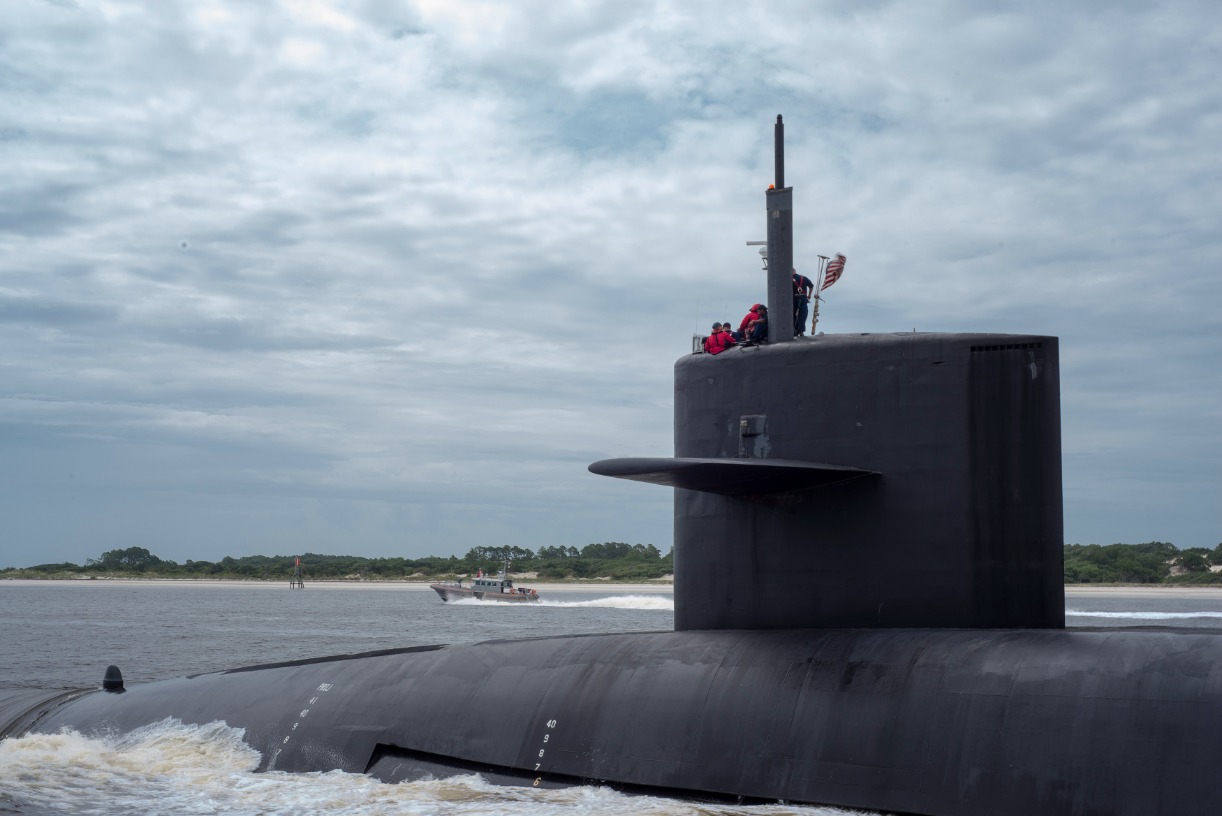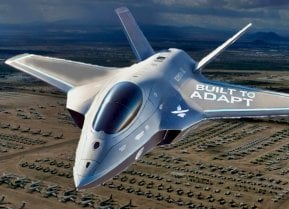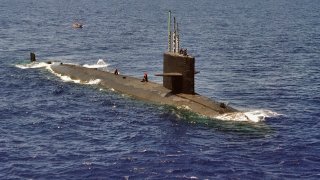'Open Hatches and Unclosing Doors': How a Brand New Nuclear Submarine Sank
In 1969, the USS Guitarro (SSN-665) sank while docked at Mare Island Naval Shipyard due to an accidental overlap of two civilian construction projects that resulted in uncontrolled flooding.
What You Need to Know: In 1969, the USS Guitarro (SSN-665) sank while docked at Mare Island Naval Shipyard due to an accidental overlap of two civilian construction projects that resulted in uncontrolled flooding.

-The costly incident, which could have been easily avoided, led to repairs estimated between $15-21 million.
-Despite this, the Guitarro was recommissioned in 1970 and served the U.S. Navy for over two decades. Notably, it played a significant role in Tomahawk missile testing, contributing to the development of missile systems aboard Ohio-class submarines.
Sinking of USS Guitarro
Less than one year following her commissioning, USS Guitarro (SSN-665) sank while moored at Mare Island Naval Shipyard in 1969. The destruction of this Sturgeon-class submarine was not caused by brute force, a misfired weapon, or a catastrophic event but simply by uncontrolled flooding.
For such an avoidable incident, USS Guitarro’s sinking was estimated to cost between $15-21 million dollars, quite an impressive sum. The presumably doomed submarine was quickly revived and re-commissioned in early 1970, where she would serve the Navy honorably for more than two decades.
The Details
Following the USS Guitarro incident, the staff of the Armed Services Investigating Subcommittee in Congress was directed to launch an inquiry dissecting the cause. In summary, “the Guitarro should not have sunk,” according to the resulting report.
“It was not overwhelmed by cataclysmic forces of nature or an imperfection in design or an inherent weakness in its hull. Rather, it was sent to the bottom by the action, or inaction, of certain construction workers who either failed to recognize an actual or potential threat to the ship’s safety or assumed that it was not their responsibility. …Its’ sinking could have been prevented by the timely exercise of very little commonsense and the taking of a few simple precautions.”
The Sinking Could Have Been Easily Prevented
Essentially, the sinking was caused by an overlap of two civilian construction teams working on the ship at the time. As one group began an instrument calibration assignment that required the filling of certain tanks, the other group began a project bringing the ship within a half degree of trim entailing the addition of water to tanks forward of the Guitarro’s pivot point.
As both groups continued to add water both aft and forward, massive flooding ultimately occurred through several large open hatches onboard. To make matters worse, crewmen were unable to close watertight doors and hatches due to lines and cables running through them as part of the construction process.
Guitarro’s Service History Post-Sinking
Following a massively expensive effort to fix up the Guitarro, the submarine was finally commissioned and assigned to Submarine Squadron Five and Submarine Division 52 in 1972. The Sturgeon-class submarine would then make her way to Washington to undergo her Weapons System Accuracy Tests.

One year later, Guitarro would sail to Pearl Harbor, Hawaii to aid the evaluation of the then-new SQS-26 Sonar mounted to a number of the Navy’s warships.
Her first deployment would occur the following fall when Guitarro deployed to the Western Pacific as part of the Seventh Fleet before sailing to Guam and the Philippines. Over her service life, Guitarro would notably take part in Tomahawk missile testing, Harpoon missile testing, and Mk. 48 torpedo exercises.
Importantly, Guitarro’s participation in Submarine Launched Tomahawk Cruise Missile Testing would pave the way for the use of these weapons aboard the Navy’s Ohio-class submarines.
Despite Guitarro’s exceptionally bleak origins, the Sturgeon-class submarine would continue to serve the U.S. Navy honorably for years to come.
About the Author: Maya Carlin
Maya Carlin, National Security Writer with The National Interest, is an analyst with the Center for Security Policy and a former Anna Sobol Levy Fellow at IDC Herzliya in Israel. She has by-lines in many publications, including The National Interest, Jerusalem Post, and Times of Israel. You can follow her on Twitter: @MayaCarlin.
Image Credit: Creative Commons and/or Shutterstock.


